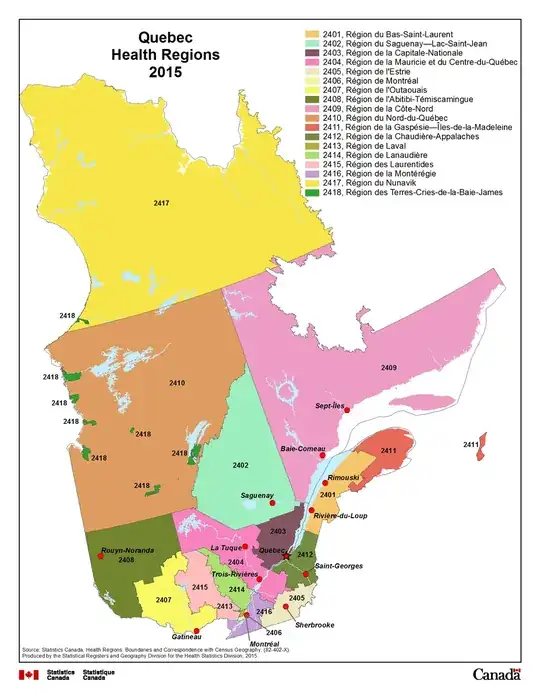Prior to WWII, Montreal was the financial capital of Canada, but three significant events changed this in Toronto's favour:
The 1929 Crash: Toronto's stock market recovered faster than Montreal's, as the gold mining sector bounced back quickly and Toronto was already the largest mining exchange in Canada. When gold's value shot up in 1934, Toronto rose with it.
Opening the St Lawrence Seaway: With the opening of the Seaway in the mid 1950s, Montreal's importance as a port diminished as ships could access the interior of North America directly and vice versa. This is significant not because it allowed ships on the Atlantic to sail to Toronto, but for ships as far as Duluth to reach the Atlantic—something the American rail industry tried to stop. Montreal ceased being a necessary stop for both in- and out-bound shipping.
The Quiet Revolution: The growth of Quebec nationalism and protectionist policies like Bill 101 following the secularization of the province in the late 1960s saw an exodus of Anglophones—and their businesses—from Montreal to Toronto.
(An argument can probably be made that Toronto's supremacy was inevitable however, as Quebec's population growth failed to keep pace in the late 19th Century. By 1905 Toronto was already catching up.)
So, to change history after 1949 such that eastern Quebec, and not Montreal, becomes the finacial capital necessitates completely countering these factors and making Quebec City more important than Montreal:
Mining and associated brokerages must relocate from Toronto 15 years after booming. This, by itself, does not seem likely.
The Seaway must remain closed. WWII delayed the project once already; this is achievable.
No revolution, or a much less nationalistic one. The origins of the revolution can be traced back as far as the late 1800s, but it was the conservative government of the 1950s that set the ball in motion. Tempering the Duplessis government is plausible, delaying the revolution and nationalism until (perhaps) butterflying away as international immigration increases, say.
Solution
It seems the only way to achieve this post-1949 goal is to take both Toronto and Montreal (and environs) out of the running, both as financial centres and as population centres.
I propose an earthquake. The St Lawrence River rift system is seismically active, parallels the Seaway, and runs for 1000km from the Ottawa–Montreal area northeast beyond Quebec City. As recently as 1944 there had been a 5.8 quake on the fault, so it would not be a stretch to imagine a much stronger one a few years later.
One that chokes the St Lawrence to such an extent not only is the Seaway construction impossible, but Montreal can no longer function as a port for ocean-bound vessels, necessitating a move east to deeper waters. Quebec City is really the only plausible candidate.
Toronto is harder to resolve: there would certainly be enormous economic fallout to losing the St Lawrence, and if not rectified quickly Lake Ontario would begin to flood (Bay Street is only metres above the water line), both of which could drive the population and industries to scatter.
With the fallout of the quake the political landscape of Quebec would have entirely new priorities too, perhaps delaying the Quiet Revolution or undermining nationalism with refugees from Ontario.
